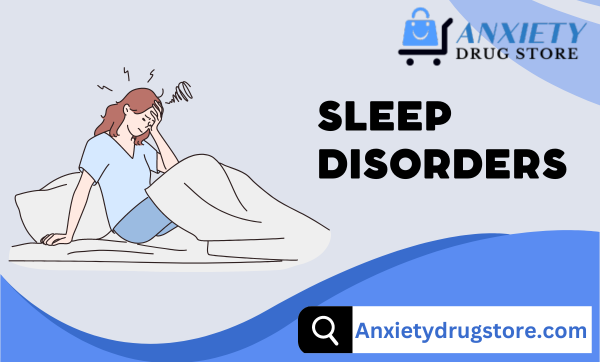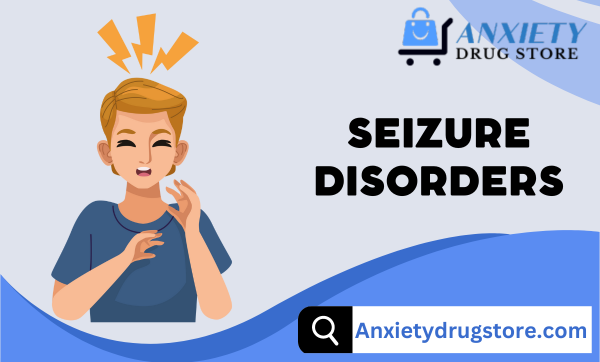
Impact of Sleep Disorders on Mental Health
Sleep is a fundamental component of our overall well-being, playing…

Dealing with seizure disorders can be complex and challenging, both for individuals who experience seizures and for their loved ones. However, with the right support, knowledge, and strategies, it is possible to effectively manage seizure disorders and improve the quality of life for those living with this condition. In this blog post, we will explore essential tips for managing seizure disorders that can help individuals navigate their condition with greater confidence and control.
Understand the Nature of Seizures
The first step in effectively managing seizure disorders is to gain a deep understanding of the nature of seizures. Seizures can manifest in various forms, from convulsive seizures to absence seizures, and understanding the specific type of seizure and its triggers is crucial. Consulting with a healthcare professional to receive an accurate diagnosis and education about seizures is essential in developing a personalized management plan.
Adhere to Medication and Treatment Plans
For many individuals with seizure disorders, medication is an essential component of managing their condition. It is paramount to adhere to prescribed medication schedules and treatment plans as directed by healthcare providers. Skipping doses or discontinuing medication without medical supervision can increase the risk of seizure activity.
Create a Safe Environment
Creating a safe environment is vital for individuals with seizure disorders, especially for those at risk of injury during a seizure. This may involve removing sharp objects or potential hazards, padding sharp corners of furniture, and avoiding activities that could be dangerous during a seizure. Installing safety devices such as bed alarms or motion sensors can also provide added security.
Establish a Consistent Routine
Establishing a consistent daily routine can help individuals with seizure disorders feel more secure and in control. Regular meal times, sleep schedules, and medication routines contribute to stability, which can, in turn, help reduce the likelihood of triggering seizures.
Identify and Avoid Triggers
For many individuals with seizure disorders, certain triggers can precipitate seizure activity. These triggers can vary widely from person to person and may include stress, lack of sleep, specific foods, or flashing lights. Identifying and avoiding these triggers to the best of one’s ability can help reduce the frequency of seizures.
Seek Emotional Support
Living with a seizure disorder can have a significant emotional impact, and seeking emotional support is crucial. Whether through therapy, support groups, or confiding in trusted friends and family members, finding emotional support can provide validation, understanding, and encouragement.
Educate Others About Seizures
Educating others about seizures is important for creating a supportive and informed environment. This may include providing seizure first aid training to close contacts, informing teachers or colleagues about the condition, and dispelling misconceptions about seizures.
Wear Medical Identification
Wearing medical identification such as a bracelet, necklace, or carrying a medical ID card can provide crucial information to bystanders or emergency medical personnel in the event of a seizure. This identification should include information about the individual’s condition, relevant medications, and emergency contacts.
Develop an Emergency Plan
In the event of a seizure, having an emergency plan in place can help ensure a timely and appropriate response. This plan may include specific instructions for caregivers or family members on how to respond during a seizure, when to seek medical help, and who to contact in case of an emergency.
Stay Informed About New Treatments
Advancements in medical research and treatments for seizure disorders are constantly evolving. Staying informed about new treatments, therapies, or technologies that may offer benefits for individuals with seizure disorders can help optimize their management plan.
In conclusion, while managing seizure disorders can present numerous challenges, implementing these essential tips can help individuals navigate their condition with greater confidence and control. By gaining knowledge, establishing a safe environment, seeking support, and adhering to treatment plans, individuals with seizure disorders can lead fulfilling lives and minimize the impact of seizures on their daily activities.